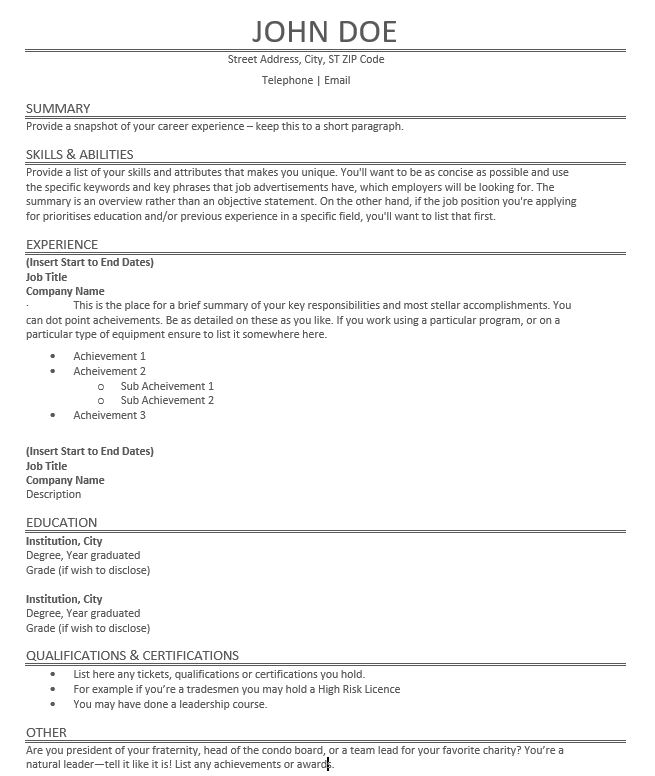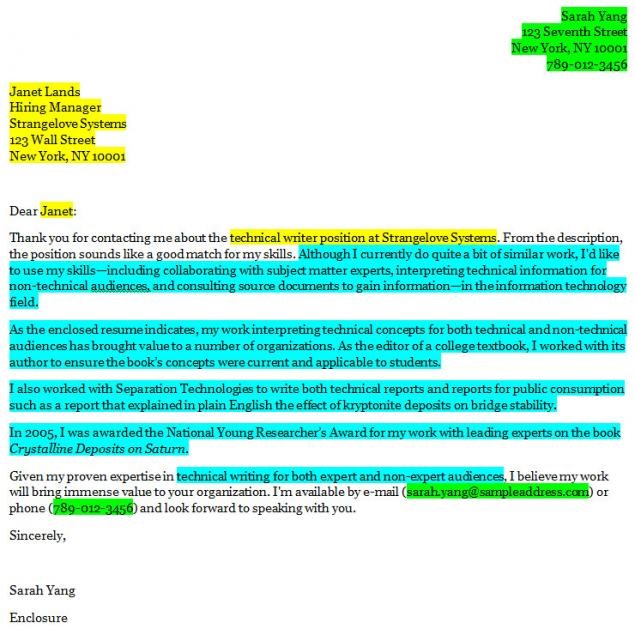3 of the Best Resume Practices
A fitting resume is the most important part of your job application. It is one of the best ways to get a hiring managers’ or recruiter’s attention. Thankfully, there are practices to help you format your resume appropriately. Here are three of them so you can start getting callbacks.
1. Get to the point
A good resume shows your qualifications right away. Nowadays, it is common practice to begin with a summary of your experience and skills, or even a short list of skills.
You’ll want to be as concise as possible and use the specific keywords and key phrases that job advertisements have, which employers will be looking for. The summary is an overview rather than an objective statement. On the other hand, if the job position you’re applying for prioritises education and/or previous experience in a specific field, you’ll want to list that first.
You should also use those same keywords throughout the resume. Using bullet points is a great way of doing so without wordiness. The job application review process is conducted by Recruiter’s using keyword searches as a pre-screening tool, so be as relevant as possible.
A resume should follow a similar format to this;

2. Update your resume regularly
You’ll want to add any new jobs, education, skill training, promotions, awards or special recognition you get. Employers want to know what makes you unique from other job candidates, and they will consider your recent activities to be just as important as your past history. Use a modern format and style with an appropriate font. There are a number of helpful templates to use online.
Another point in updating your resume is to remove personal information such as marital status, children and hobbies. Maintain professionalism and only discuss personal information if you are called in for an interview.
3. Tailor your resume to the job you’re applying for
Aim to customise your resume for specific job positions. This means using the specific keywords and phrases the employer is looking for. Tailor your summary and the rest of the resume towards that industry, and make sure that the skills you promote can be applied directly to the role in question. If, for example, you are applying for a creative field, graphically designing your resume may be appropriate – if not keep the format basic.
It is also good practice to include a short cover letter addressed to the hiring manager to tell them why you’re best suited for the job. Keep a template for your cover letter and customise it for each job you apply for. A cover letter should compliment your resume, highlighting why you are the best candidate for the role, not presenting your resume in a different format. Keep it short & concise – one page is sufficient.

Image Credit: Flickr
Believe it or not, you don’t have to include every job you’ve ever had. By showcasing the most relevant job experiences, the hiring manager will be more likely to be interested in your application. You also don’t have to list jobs farther back than 15 years or include the dates of your education.
Your resume can make or break your job application. A good resume will show why you are qualified for the job position, while a bad one will not have enough to make you appealing as an applicant. Take these practices to heart and increase your chances of success in the job market.
